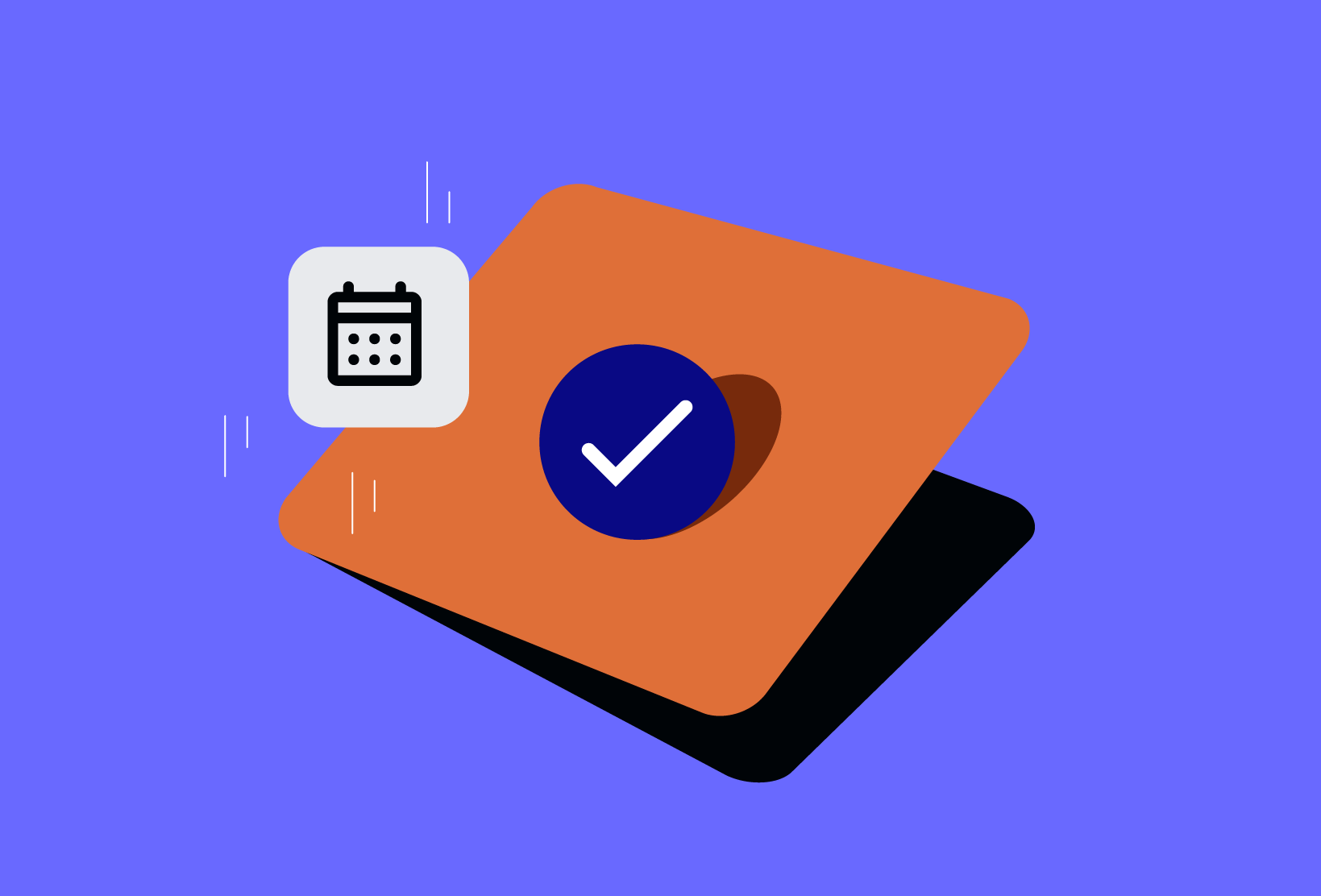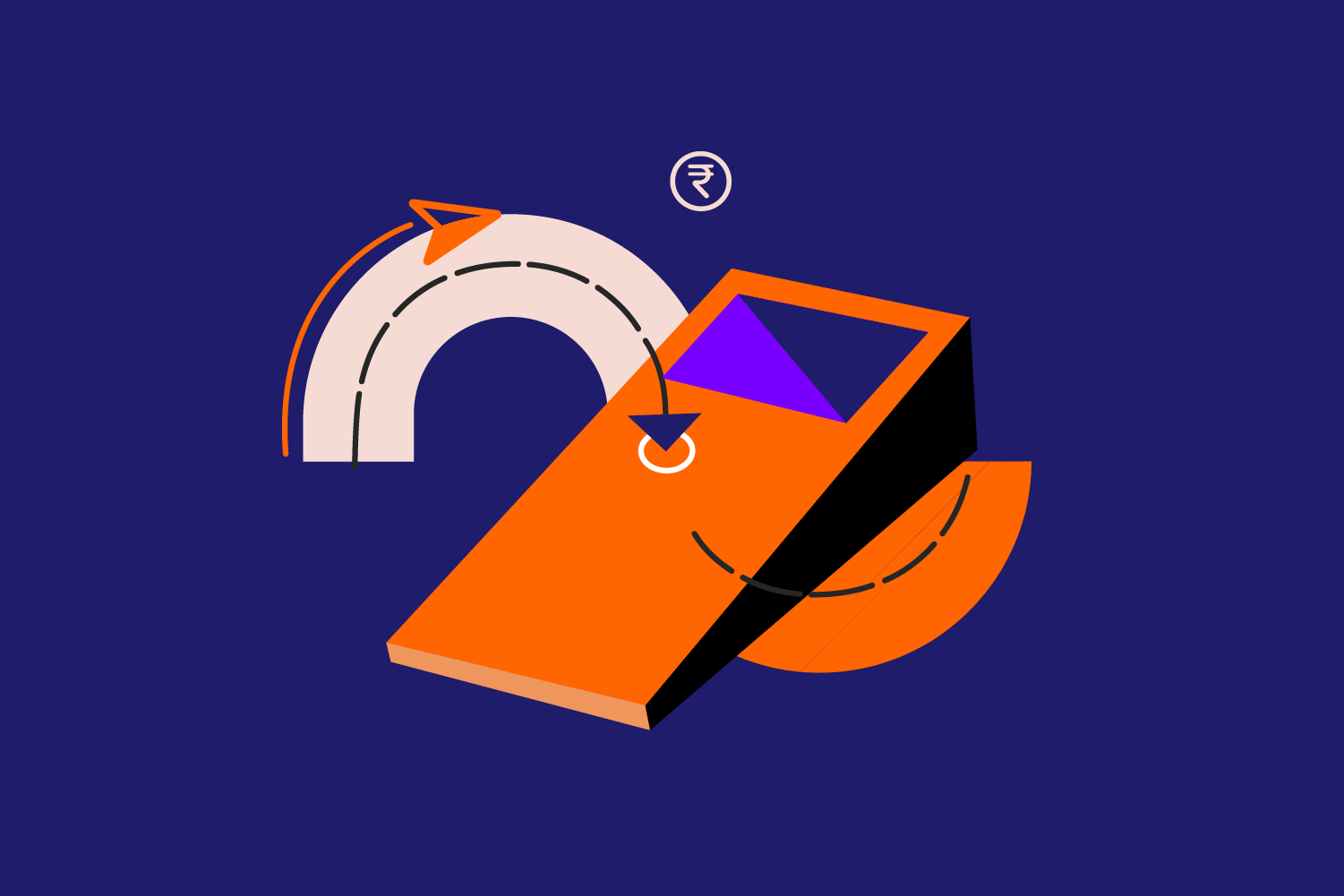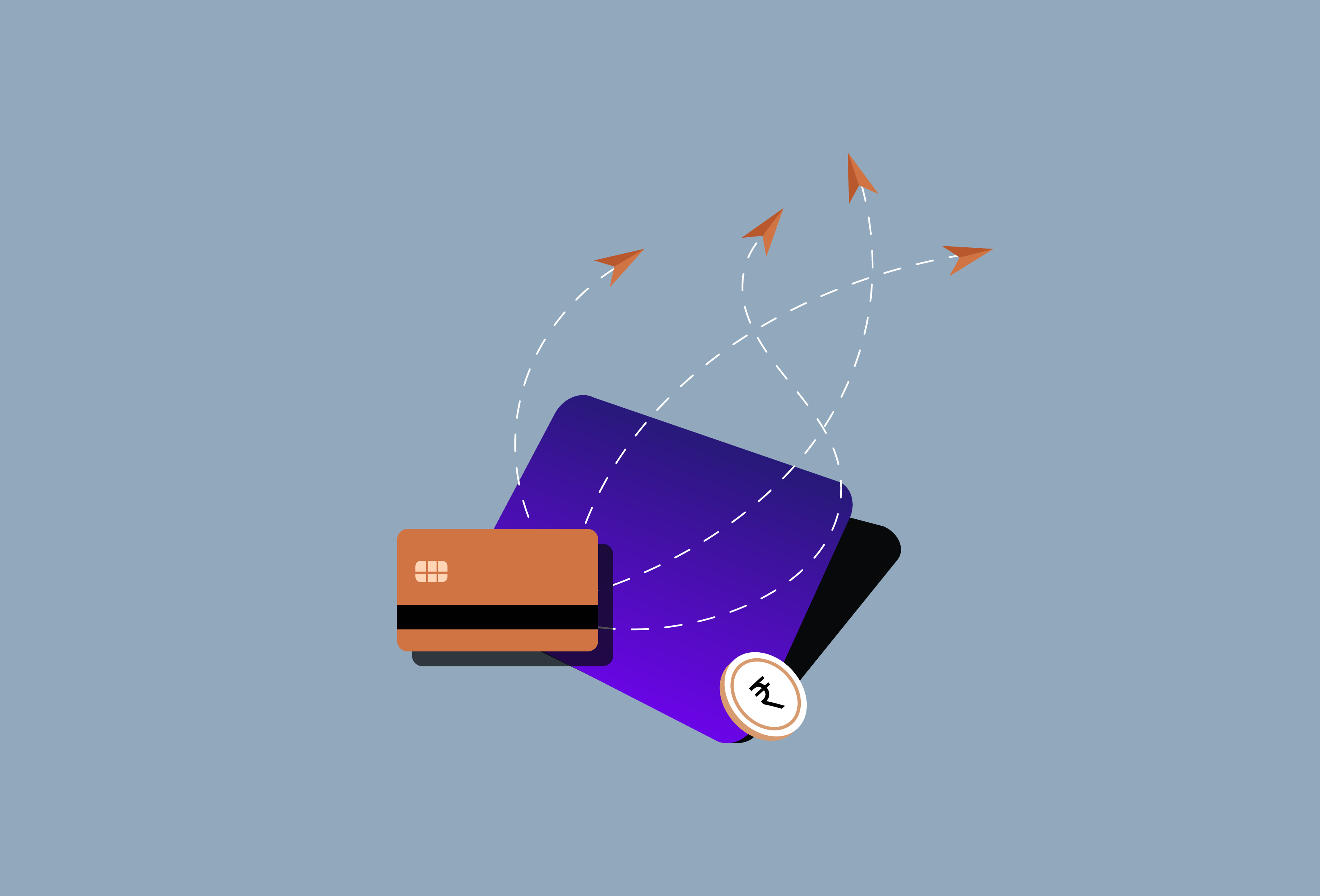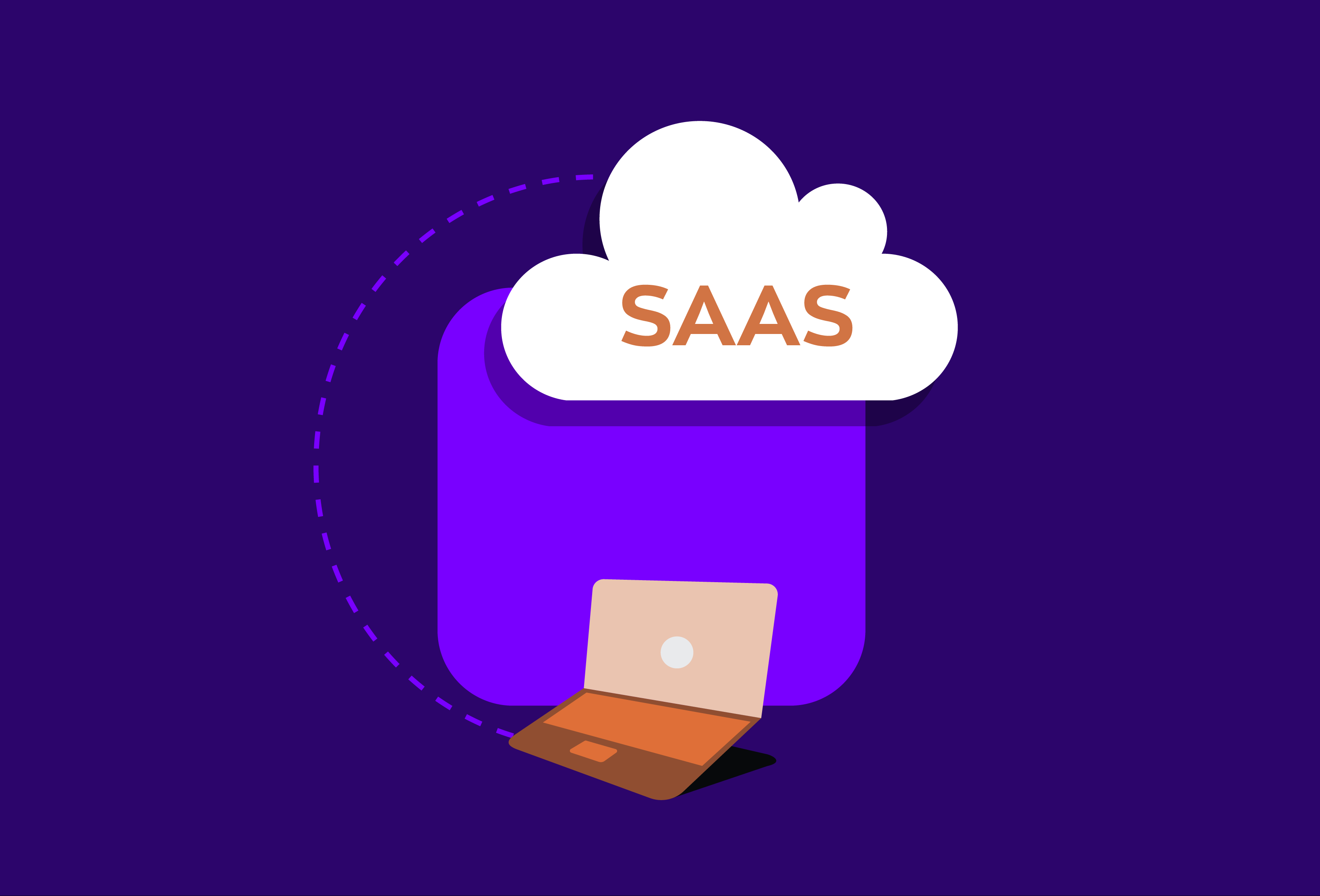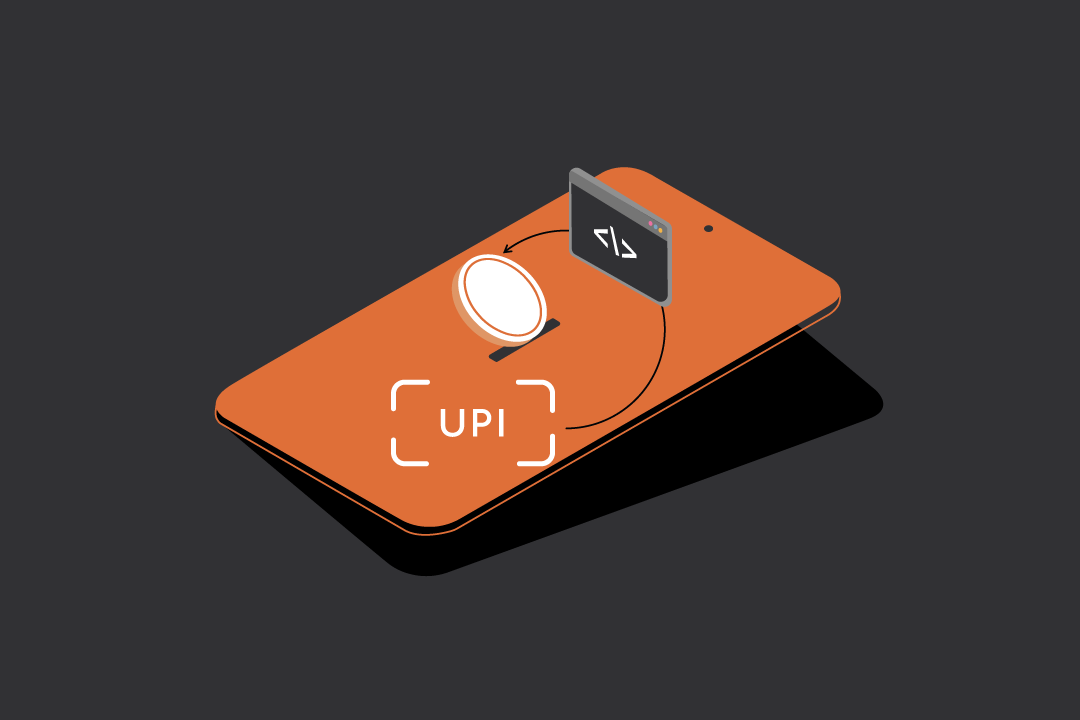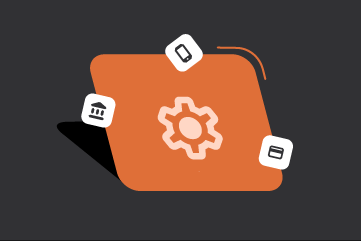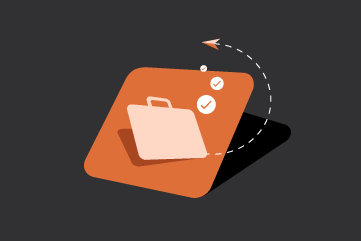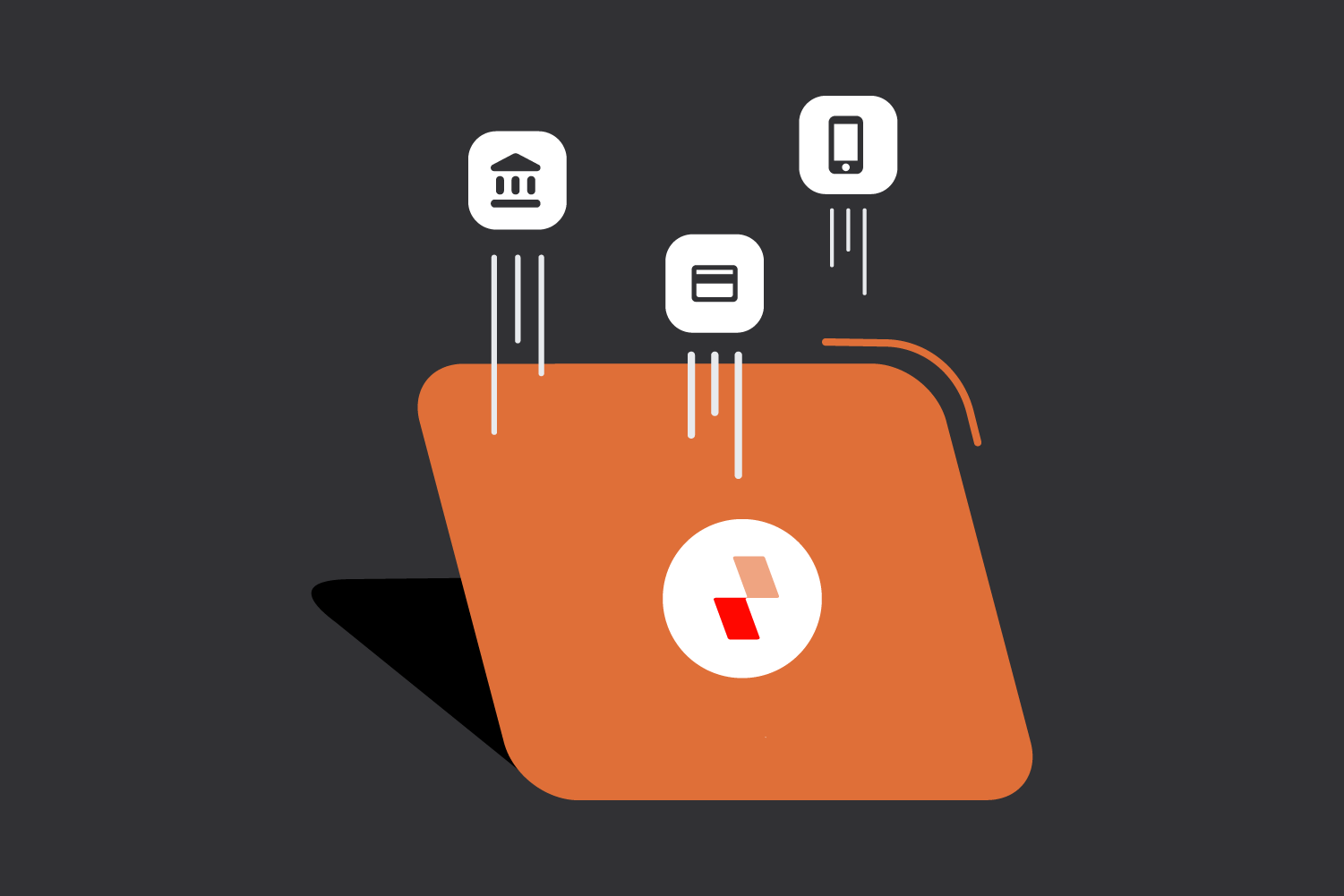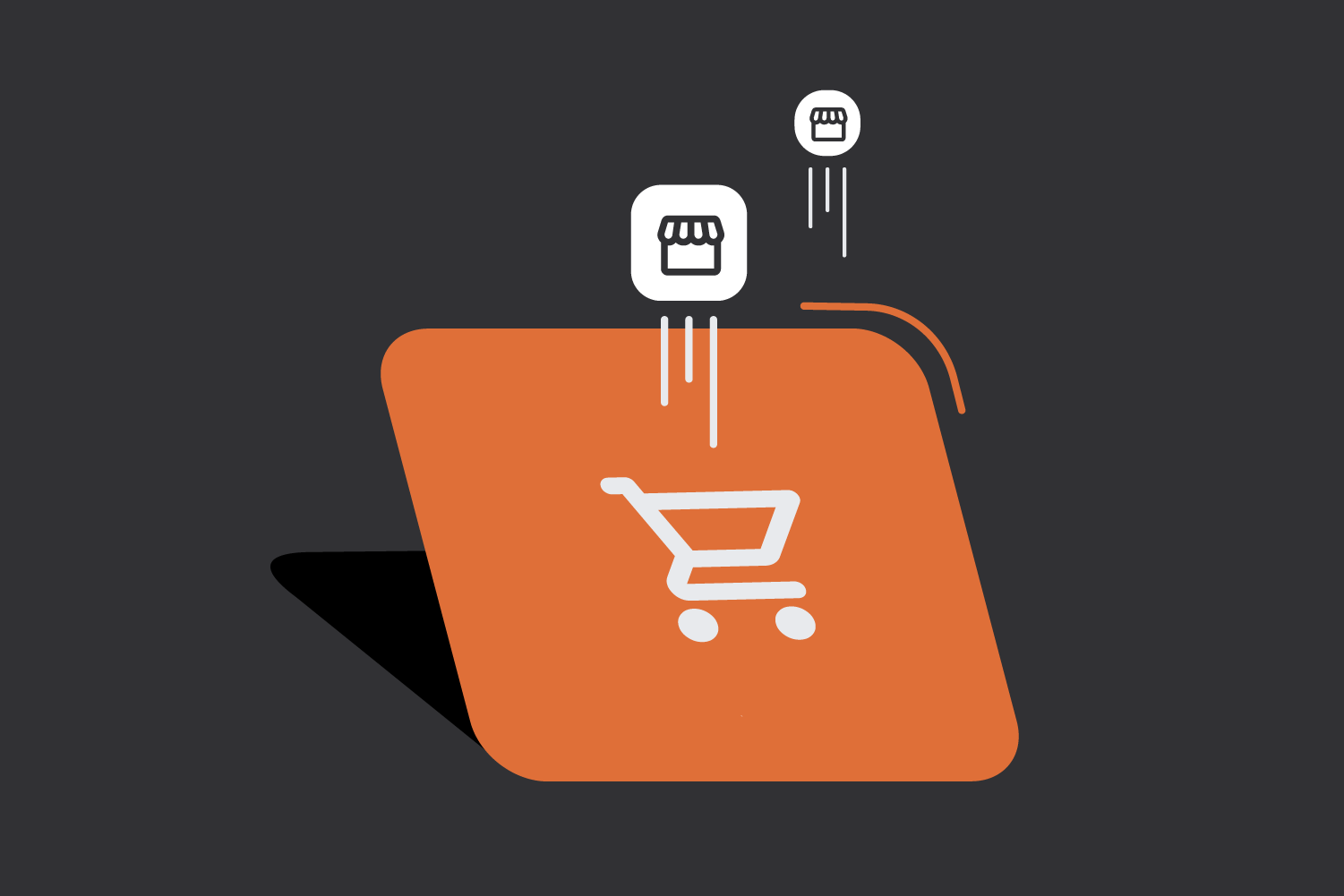In a world where everything is just a tap away, why should healthcare billing be any different? For clinics, hospitals, and diagnostic labs in India, managing patient payments has traditionally been a tedious and often chaotic process. Long queues at the billing counter, delayed cash settlements, and the constant risk of handling physical cash are just a few of the challenges.
But times are changing. The healthcare sector is embracing digital transformation, and a key part of this shift is the adoption of a secure payment gateway for healthcare billing. This isn’t just about convenience; it’s about building trust, enhancing efficiency, and, most importantly, protecting sensitive patient data.
Why Healthcare Needs a Secure Payment Solution
Think about the last time you paid a bill at a hospital. Did you wait in a long queue? Were you asked to pay a large sum in cash? The traditional methods of cash and card machines are slowly becoming outdated, creating friction for both the patient and the healthcare provider.
For a clinic or hospital owner, the challenges go far beyond just a clunky checkout experience. Here are some of the key pain points:
- Manual Reconciliation Headaches: Tallying cash payments, card receipts, and bank transfers at the end of the day is a monumental task, prone to human error.
- Delayed Cash Flow: Waiting for cash to be deposited or for bank settlements to clear can tie up your working capital.
- Security Risks: Handling large amounts of cash on-site makes your practice a target for theft. A traditional card machine can also be vulnerable to data breaches if not handled securely.
- Poor Patient Experience: A difficult payment process can leave a negative last impression, no matter how good the medical service was.
This is where a dedicated payment application for patient billing becomes a game-changer. It’s not just a tool; it’s a strategic investment in your practice’s future.
The Pillars of a Secure Payment Gateway for Healthcare
Choosing the right payment solution is critical. It must be more than just a way to accept money. For healthcare, security and trust are non-negotiable. Here are the core features you must look for:
1. Robust Security and Compliance
When dealing with patient payments, you’re handling not just financial data, but also personal and sensitive information. With the enactment of the new Digital Personal Data Protection (DPDP) Act, 2023 in India, data security is no longer just a best practice—it’s a legal requirement. The Act mandates that businesses handling personal data must do so responsibly, ensuring it is collected for a lawful purpose and is protected from unauthorized access or breaches. A compliant payment solution is your first line of defense.
Here’s what a top-tier secure payment gateway offers to help you meet these standards:
- Encryption: The gateway should use strong, end-to-end encryption to scramble all data, from the moment a patient enters their details to the final transaction. This ensures that all financial and personal information remains unreadable to unauthorized users, a foundational requirement for data protection.
- Tokenization: This is a top-tier security feature. Instead of storing sensitive details like a patient’s card number, the system replaces it with a unique “token.” This token is useless to hackers, even in the event of a data breach, providing an extra layer of security that aligns with responsible data handling principles.
- PCI DSS Compliance: While the DPDP Act governs personal data, the global gold standard for financial data security is the Payment Card Industry Data Security Standard (PCI DSS). A trustworthy payment provider will be fully PCI DSS compliant, ensuring your patients’ card details are handled with the highest level of care.
- Regular Audits: A reputable provider will undergo regular security audits conducted by third-party experts. This demonstrates a proactive commitment to maintaining a secure environment, providing you with assurance that your payment process is robust and reliable.
2. Seamless Integration
Your payment system shouldn’t be a standalone island. It needs to talk to your existing clinic management software or Electronic Health Records (EHR) system.
- API-First Approach: Look for a provider with a robust and well-documented API. An API (Application Programming Interface) allows their system to seamlessly integrate with your software, automating tasks like invoice generation and payment reconciliation.
- Automated Reconciliation: This is a lifesaver. When a patient pays online, the payment application should automatically update your clinic’s records. No more manual data entry or end-of-day tallying!
3. Patient-Friendly Payment Experience
A good payment gateway makes paying bills as easy as booking an appointment.
- Multiple Payment Options: In India, variety is key. The gateway should support all popular payment methods, including UPI, debit/credit cards, Net Banking, and digital wallets.
- Payment Links: This is a simple yet powerful feature. Your receptionist can generate a secure payment link and send it to the patient via SMS or WhatsApp. The patient can pay from their phone, saving time and avoiding queues.
- Subscription & EMI Options: For high-value treatments, offering recurring payments or EMI options can significantly reduce the financial burden on patients. A good gateway can automate these payments, ensuring your cash flow remains steady.
A Realistic Scenario for an Indian Clinic
Imagine this: a small multi-specialty clinic in Bengaluru. They have three doctors and handle about 50 patients a day. Currently, their billing is a mix of cash and a single card swipe machine.
- Before the Payment Gateway: At the end of a busy day, the clinic manager spends two hours manually tallying cash, swiping card receipts, and then updating a spreadsheet. Sometimes, a payment is missed, and a patient’s record shows an outstanding amount when they’ve already paid. This leads to awkward phone calls and a loss of trust.
- After Adopting a Payment Gateway: The clinic integrates a secure online payment gateway. When a patient leaves the doctor’s office, a payment link is automatically sent to their phone via SMS. The patient pays instantly using their preferred method (Google Pay or their debit card). The system automatically marks the invoice as paid and updates the patient’s account in the clinic’s software. At the end of the day, the manager simply views a dashboard with real-time analytics. Reconciliation takes minutes, not hours.
This is the power of a well-integrated payment application—it transforms a tedious administrative task into a seamless and efficient process.
Zwitch’s Role in This Ecosystem
At Zwitch, the future of finance is about seamless integration, not just standalone products. Our API suite is designed to be the invisible backbone of your operations. We don’t just provide a generic payment gateway; we offer a powerful collection of APIs that empower you to build a customized solution tailored to your specific needs.
Our focus on developer-friendly APIs and robust security protocols ensures your patient billing payment application security is second to none, allowing you to focus on what matters most: providing excellent patient care.
Frequently Asked Questions (FAQ)
How does a secure payment gateway protect my patients’ data?
A secure payment gateway uses multiple layers of protection, including advanced encryption to encode data, tokenization to replace sensitive details with unreadable tokens, and adherence to global standards like PCI DSS. This ensures that even if a system is compromised, the sensitive financial information remains protected.
Is setting up a payment gateway difficult for a small clinic?
Not at all. Most modern payment gateways, especially those with an API-first approach, offer easy integration. If you use a standard clinic management software, it likely has a direct integration. Otherwise, a developer can quickly set it up for you.
What are the costs involved? Is it more expensive than a traditional card machine?
The costs typically include a small per-transaction fee, which can vary based on the payment method. While a traditional card machine might have a one-time cost, a payment gateway offers lower overall administrative costs, faster settlements, and enhanced security, often making it more cost-effective in the long run.
Can a patient pay using a QR code?
Yes. A modern payment gateway will support UPI QR codes. You can either display a static QR code at your counter or generate a dynamic QR code for each specific bill, making the payment process frictionless and instantaneous.
What if the payment fails?
A good payment application will have a robust system for handling failed transactions. It will provide real-time updates and notifications to both the patient and your staff, enabling a quick resolution and preventing confusion.
Can I use a payment gateway for international patients?
Yes, many payment gateways offer multi-currency support, allowing you to accept payments from international patients. This is especially useful for hospitals that cater to medical tourists or expatriates in India.


